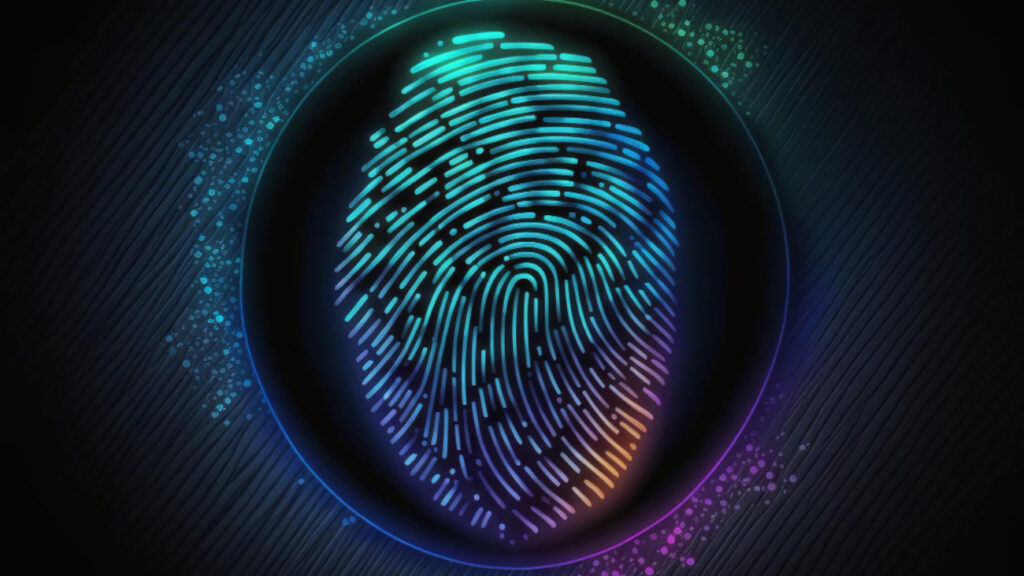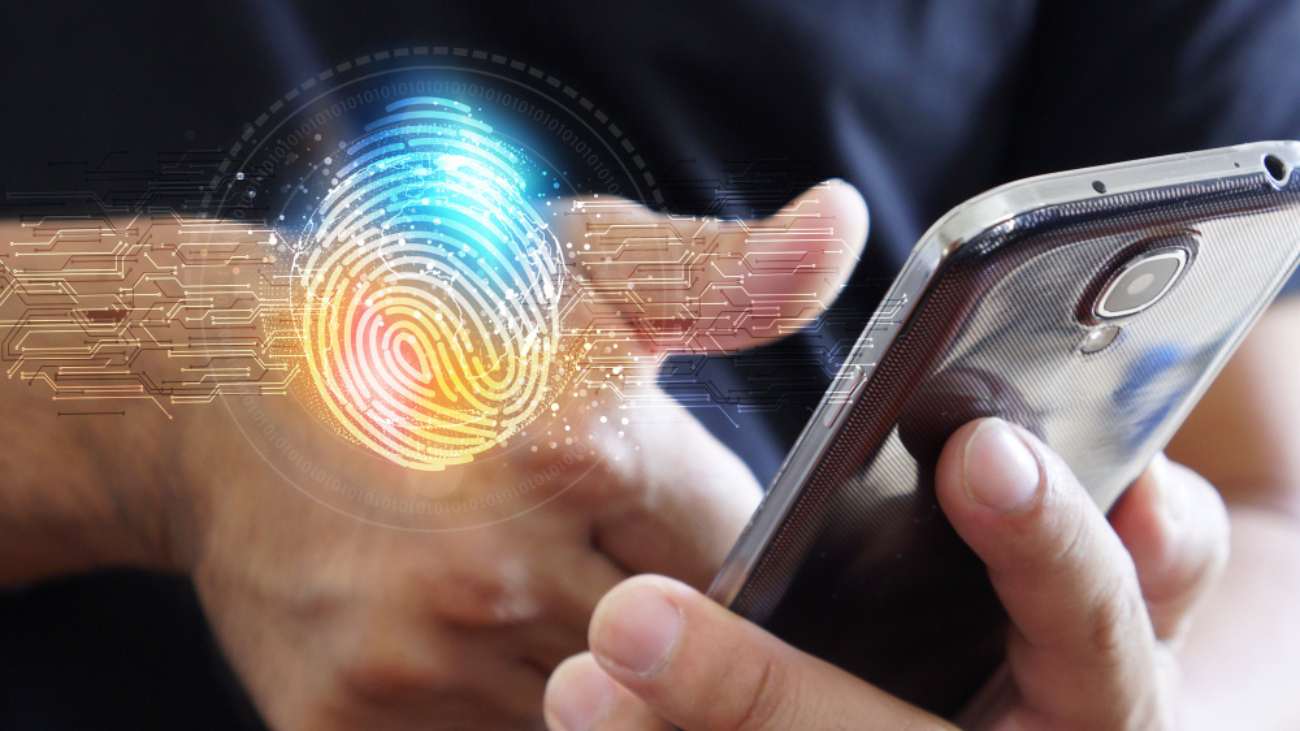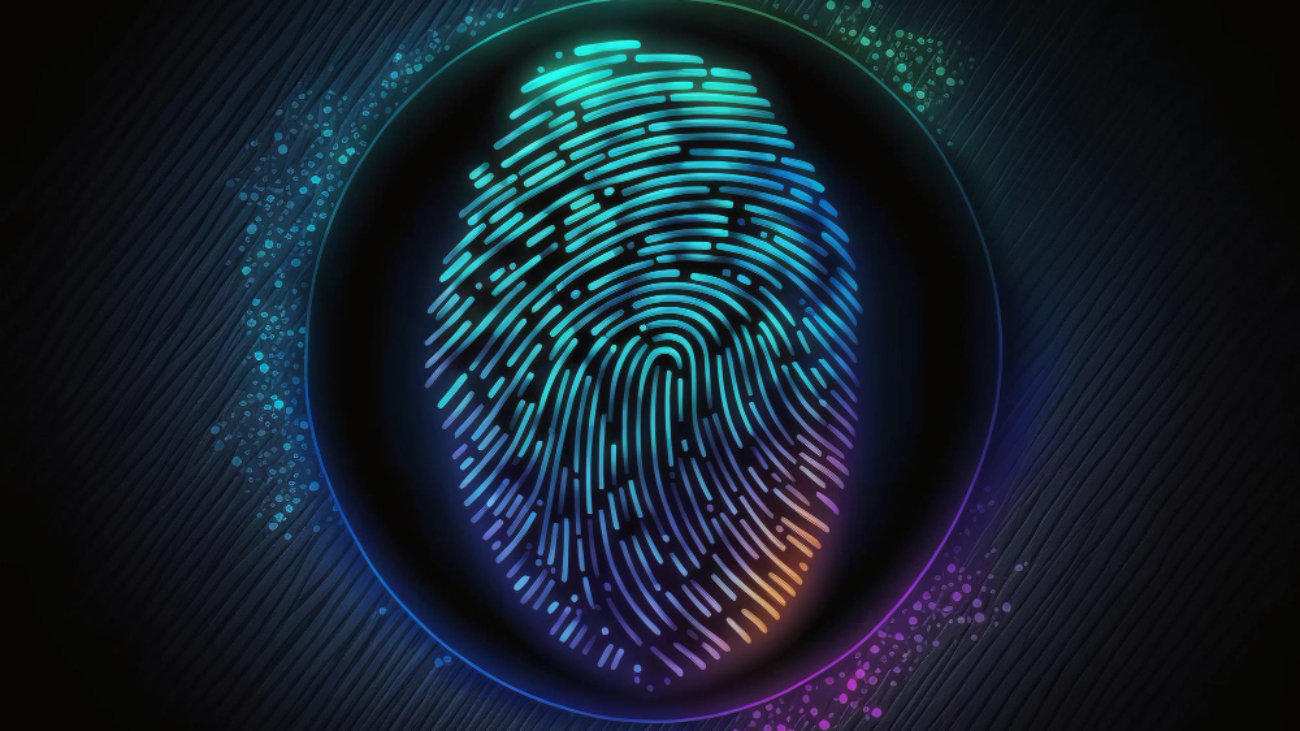Biometrics is an analysis of a person’s physical or behavioral traits. This serves as a basis for authentication as the biometrics are uniquely tied to a single person. The quality of security offered by biometrics relies on the baseline data used to determine the biometric signature of a person. Numerous samples or templates which are up-to-date can be successfully used to authenticate a user.
The outdated templates reduce the accuracy of biometric authentication. A solution is to add new templates over time to maintain the robustness of security. The system must maintain a high storage efficiency. To meet all these needs biometric template update and revocation is an important approach as suggested by Bahaa Abdul Hadi.
What Is Biometric Template Update & Revocation?
Biometric template update refers to the process of updating an individual’s biometric data, such as fingerprints or facial features, in a biometric system’s database. This can happen if the individual’s biometric characteristics change over time due to aging, injury, or other factors. Updating the biometric template ensures that the individual can continue to be accurately identified by the system.
Biometric template revocation, on the other hand, refers to the process of removing an individual’s biometric data from a biometric system’s database. This can happen if the individual’s biometric data is compromised, such as in the case of a security breach or theft. Revoking the biometric template ensures that potential hackers can not use compromised data for unauthorized access or identity theft.
By updating the templates, biometric authentication remains accurate while removing outdated templates can help increase storage efficiency.
Process Of Biometric Template Update And Revocation
Biometric Template Update
- The administrator identifies the need to update an individual’s biometric template when there is a change in the individual’s biometric characteristics.
- The administrator collects the updated biometric data from the individual.
- The administrator enters the updated biometric data into the biometric system’s database, replacing the previous template.
Biometric Template Revocation
- The administrator identifies if biometric data is compromised or outdated.
- The administrator removes the individual’s biometric template from the biometric system’s database.
- The system may require the individual to go through a new enrollment process to create a new biometric template. Alternately, automatically updated biometric template is used for authentication.
Biometric systems should have appropriate security measures and policies in place to ensure that these processes are carried out securely. Because there are significant security risks, compliance with relevant laws and regulations is a must.
Thank you for your interest in Bahaa Abdul Hadi blogs. For more information, please stay tuned to www.bahaaabdulhadi.com







